Jaw crushers are widely used in mining, construction, and infrastructure industries as primary and secondary crushers. They are classified into three types based on the width of the feed inlet: large, medium, and small, with a width greater than 600mm for large machines, 300-600mm for medium-sized machines, and less than 300mm for small machines. Jaw crushers have a simple structure, are easy to manufacture, reliable in operation, and easy to maintain. However, during the entire operation of the jaw crusher, a crucial part is the movable jaw, as its quality directly affects the crushing efficiency and service life of the crusher.
The working part of a jaw crusher consists of two jaw plates, one is a fixed jaw plate, which is vertically (or slightly outward inclined at the upper end) fixed on the front wall of the machine body.
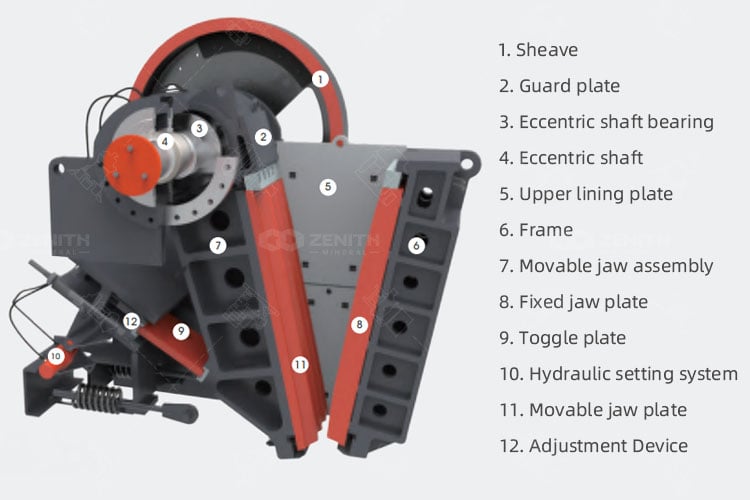
The other is the movable jaw plate, which is tilted in position and forms a crushing cavity (working cavity) with a fixed jaw plate that is large in the upper part and small in the lower part. The movable jaw plate undergoes periodic reciprocating motion against the fixed jaw plate, sometimes separating and sometimes approaching. When separating, the material enters the crushing chamber and the finished product is discharged from the bottom; When approaching, the material placed between the two jaw plates is crushed by compression, bending, and splitting.
During the process of crushing materials in a jaw crusher, the main function of the moving jaw is to form a crushing chamber inside the crusher that can achieve material crushing. The working principle is to control the distance between itself and the fixed toothed plate to achieve its complex planar motion characteristics, and make the material receive a downward driving force during the crushing process.
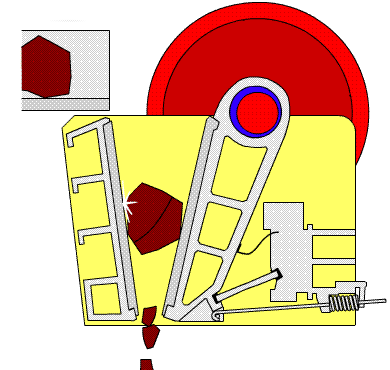
The moving jaw is one of the important components of a crusher and also a relatively complex component in structure. In the use of jaw crushers, it is often becoming a part that bears concentrated crushing force, therefore it is relatively easy to wear out among all components. This naturally leads us to analyze and calculate the force on the movable jaw plate structure, in order to better improve the crushing performance of the crusher and improve the overall service life.
After tracking, observing, and calculating multiple models of crushers in use in production practice, we found that if the optimization design of the crusher structure is the fundamental factor to ensure superior performance, while a reasonable movable jaw structure is a sufficient condition to ensure superior performance of the crusher.
After long-term operation practice, it has been found that the moving jaw receives impact from stones during its working state, causing its main stress point, which is the upper part of its lower elbow seat, and is prone to cracking. According to the analysis of the force on the moving jaw, it can be seen that the large force on the moving jaw is located near the cross-section of this force point, resulting in significant stress and susceptibility to damage here. The so-called "stress" here refers to the internal force generated by the interaction between various parts of an object when it deforms due to external factors (such as force, humidity, temperature field changes, etc.). The internal force per unit area is called stress.
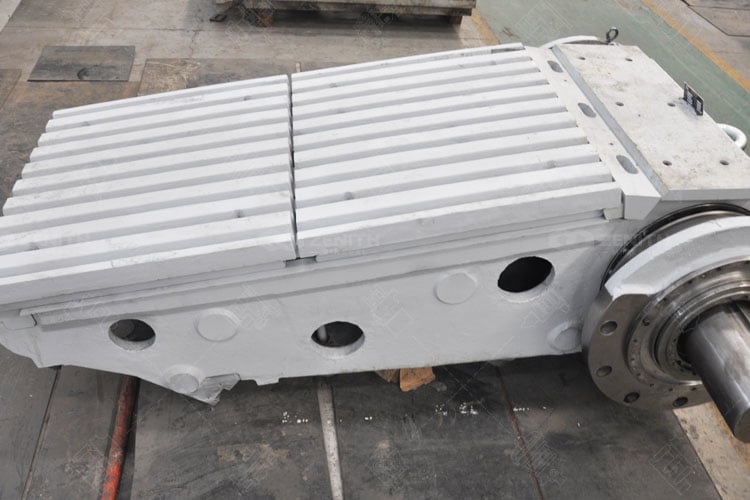
According to the stress analysis of the crusher jaw mentioned above, it can be concluded that:
1. The moving jaw generates large stress near the elbow plate, causing it to often crack and damage here;
2. When there is a significant difference in stress values between the upper and lower parts of the movable jaw, it is easy to reduce the service life of the movable jaw. The design of the movable jaw is extremely unreasonable, and the stress section is too small or too large, which can easily cause the operation of the particle crusher to malfunction and affect production.
The effect of the moving jaw on the crusher is mainly to support the toothed plate, and this component is directly involved in the material crushing process. Its sturdy and durable structure allows it to withstand the strong impact force generated during the crushing process of a large amount of materials. Recently, through market research, Intercontinental Editors have found that a relatively ordinary Eban. The material is superior, and the stress structure design is reasonable for the jaw plate. The jaw plate has the characteristics of durability and reasonable design in actual production.
Higher performance and lower operating costs can meet the diverse needs of users, making it an ideal choice for efficient production.

We have different types of jaw crusher for sale Philippines, such as PE series jaw crusher, PEW series jaw crusher, C6X series jaw crusher and mobile jaw crusher etc.
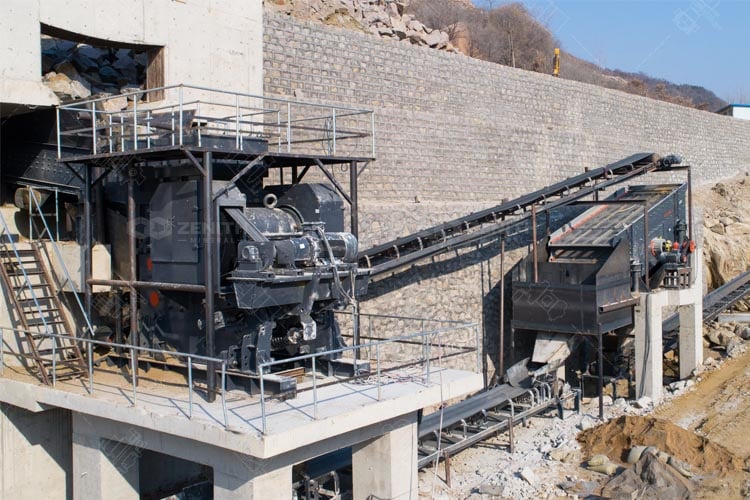
A jaw crusher is a type of primary crusher used in mines and ore processing plants. It reduces large aggregates to smaller aggregate. Jaw crushers are an excellent choice for primary crushing in a wide variety of applications.
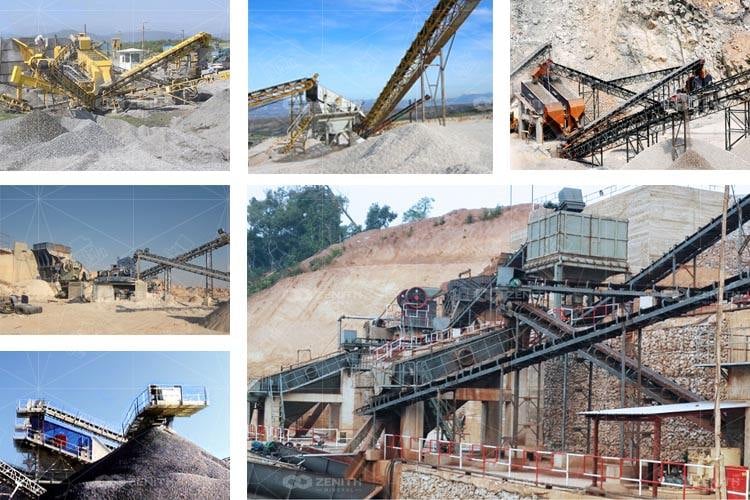
In South Africa, Jaw crusher in south africa has wide applications in mining, metallurgy, construction, road, railway, water conservancy, chemical and many other industries.
Fill your requirements here, and we'll send the custmized solution and quotation to you by the reserved contact information.